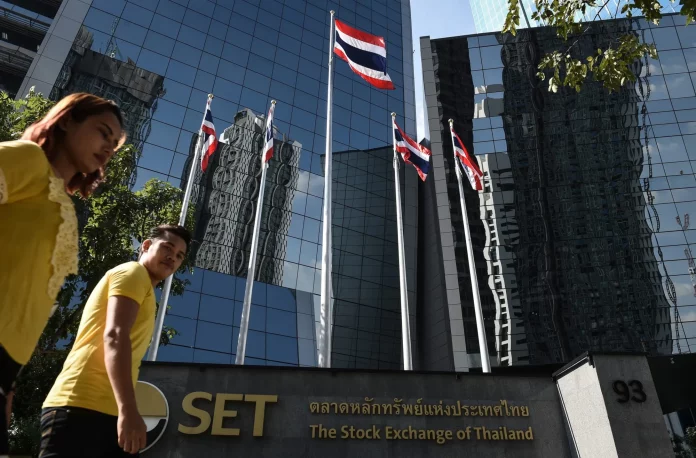Emerging market (EM) equities have an asymmetric risk profile for returns in 2023. Possible incremental negative news related to known factors, e.g.: inflation, war, and Chinese growth, will likely have a limited negative effect on markets, whereas positive news could lead to significant gains. Drivers we have identified as possible catalysts for a recovery in 2023 include:
*Peaking inflation data in the US and a weaker US dollar;
*Known recession risks in the US and EU;
*An inflection point for Chinese growth and its Zero-COVID policies
Peaking inflation in the US
After a significant increase in US inflation in 2022, consensus expectations are for an equally significant decrease in 2023 2 . This decline will be driven by a high base effect, an easing of supply chain bottlenecks and the negative effect on growth from higher interest rates. With the peak in inflation behind us, investors can focus on the implications of a change in the pace of rate hikes from the US Federal Reserve. These include a weaker US dollar and a reduction in the equity risk premium, both of which are positive for EM. The possibility of a weaker US dollar in 2023 is likely to be accompanied by a recovery in EM fund flows, as investors turn to higher growth markets.
Known recession risks in the US and EU
The recession risk in the US and EU in 2023 contrast with EM growth trends. Growth in China is expected to accelerate in 2023, supported by the changes in COVID-19 policies. While growth in India is forecasted 3 to be the highest amongst EM and DM, continuing from its strong performance trend in 2022. The picture emerging is one where EM growth remains relatively resilient, and Asia takes over as a driver of growth at a time when growth in the Middle East and Latin America is moderating.
China reaches a policy inflection point
China’s inflection point began with the easing of access to credit for the real estate sector in October. This was followed by a significant re-set in US China relations at the G20 meeting in Bali between President Xi Jinping and President Joe Biden in November, which has materially lowered the tension between the two countries. The final catalyst is a shift in China’s stance towards managing COVID-19, which followed the successful conclusion to the 20th National Congress.
China’s exit from its virus suppression policies will not be linear and we should expect some reversals. A rise in fatalities and strains on its underdeveloped hospital system are amongst the biggest risks it will face. This is similar to what was witnessed in other regions when they exited lockdowns. For markets, the pivot is the most important development. Investors are likely to look through policy reversals to the real economic impact of reopening. The performance of other markets post reopening provides a template for investors.
As the investment environment evolves, an important feature that Franklin Templeton seeks in EMs is resilience, in terms of both economies and companies. A particular area of focus for us is the sustainability of corporate earnings, whether in the face of COVID-19, policy changes, technology disruption or other challenges. We see companies in EMs, including Malaysia, with structural growth drivers aligned with digitalisation, decarbonisation and premiumisation as long-term winners.
Article attributed to Manraj Sekhon, Chief Investment Officer, Franklin Templeton Emerging Markets Equity










